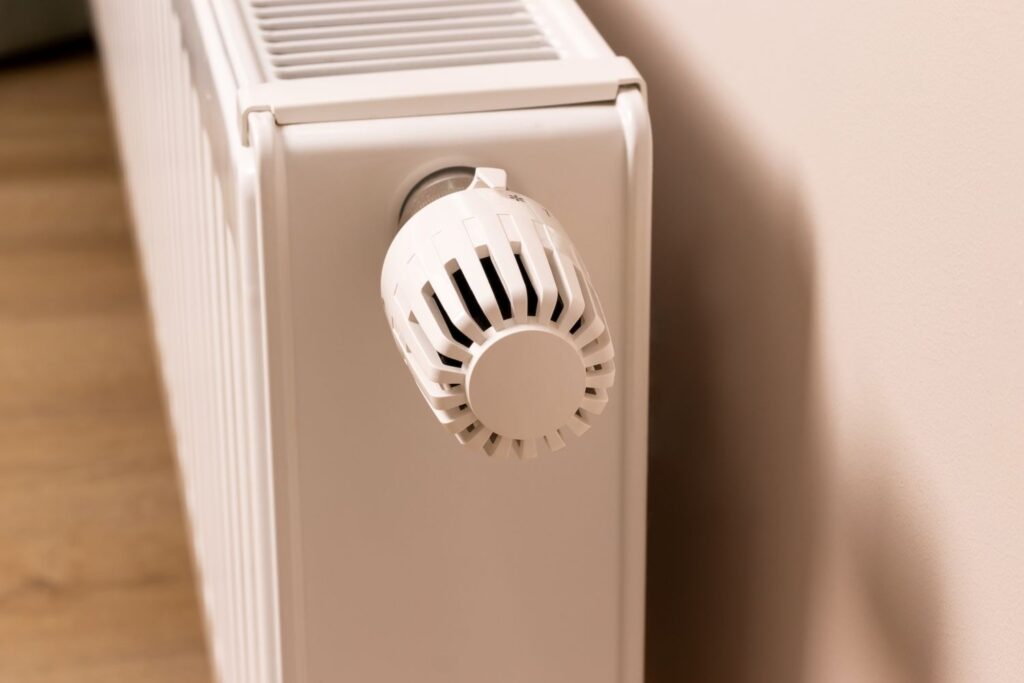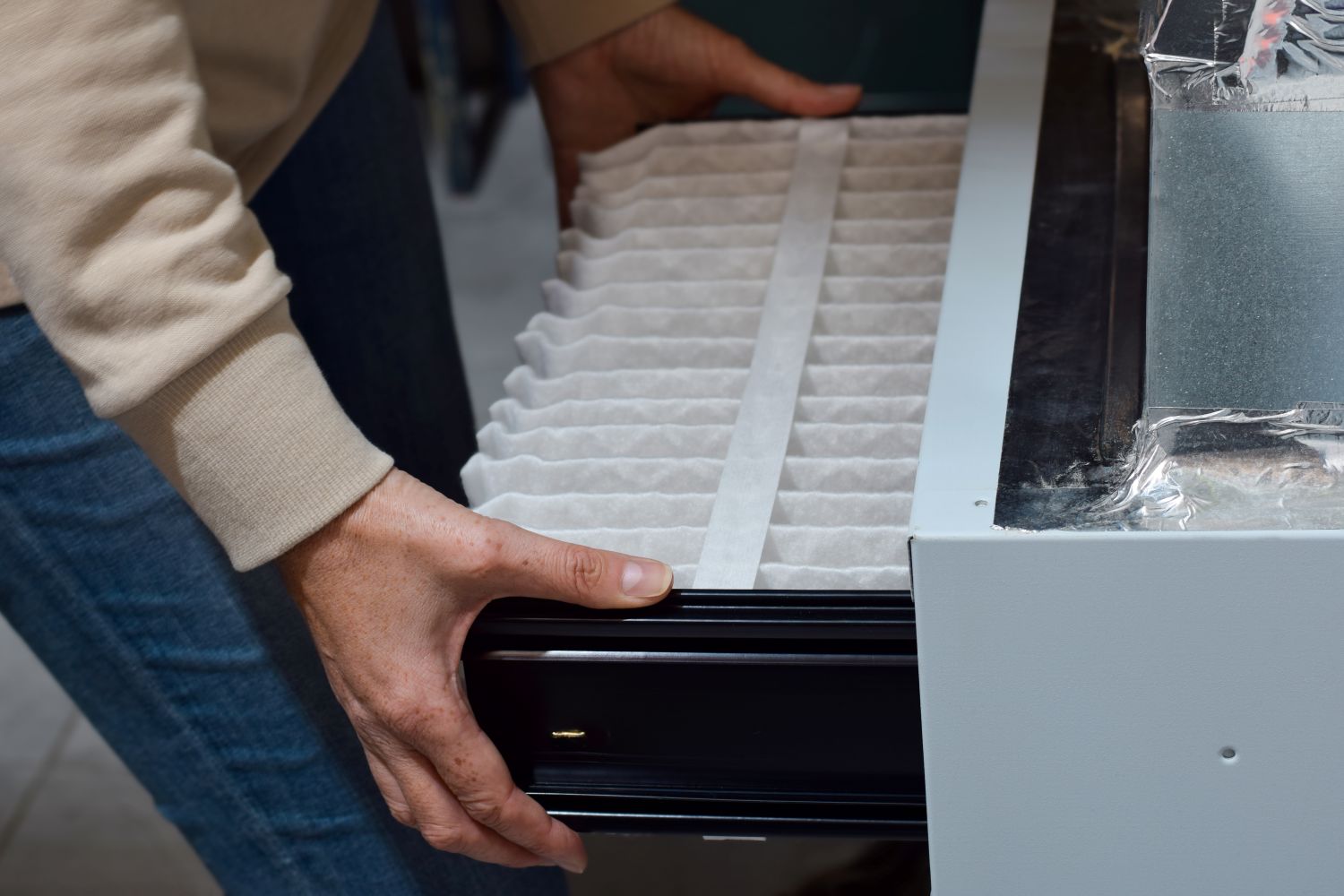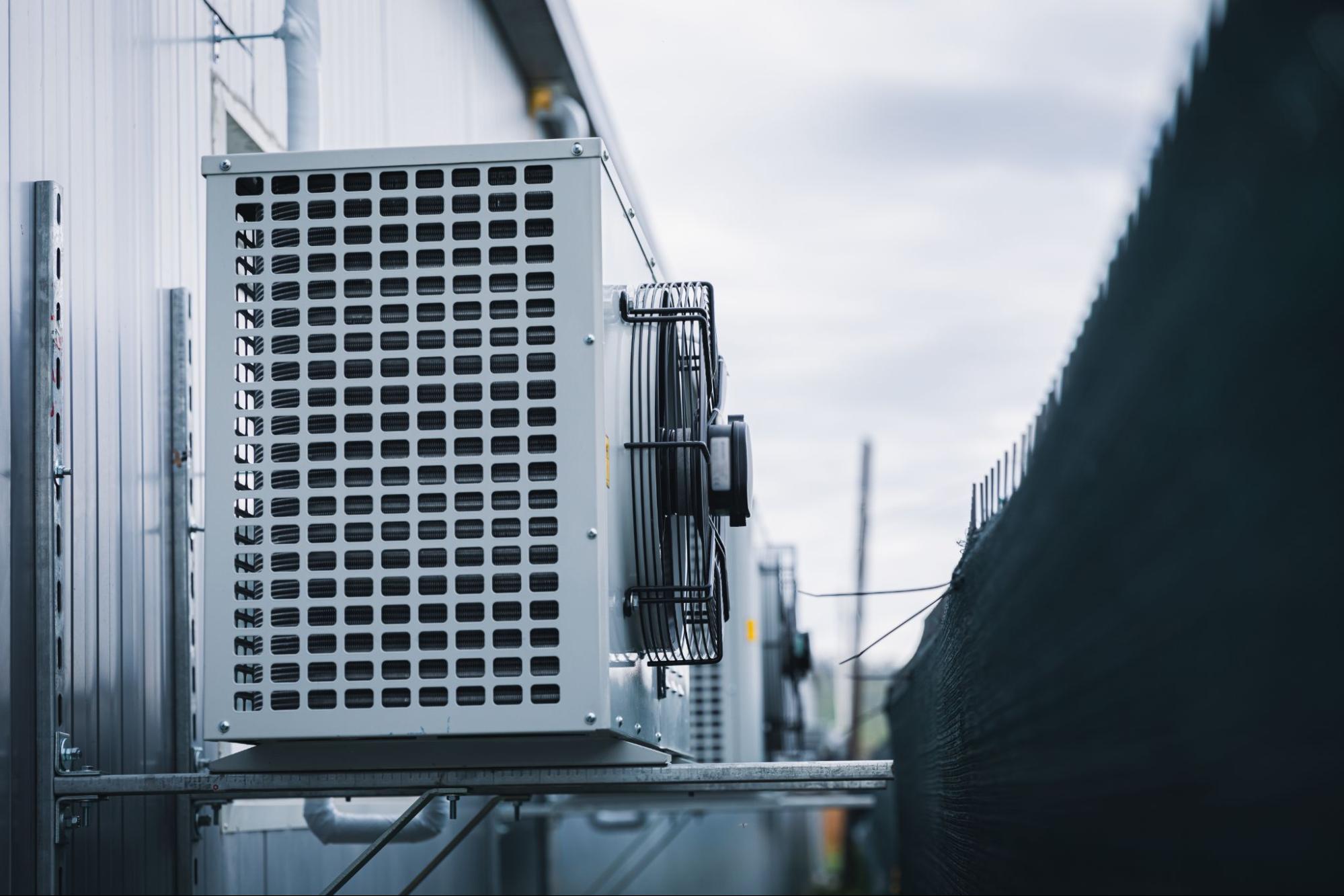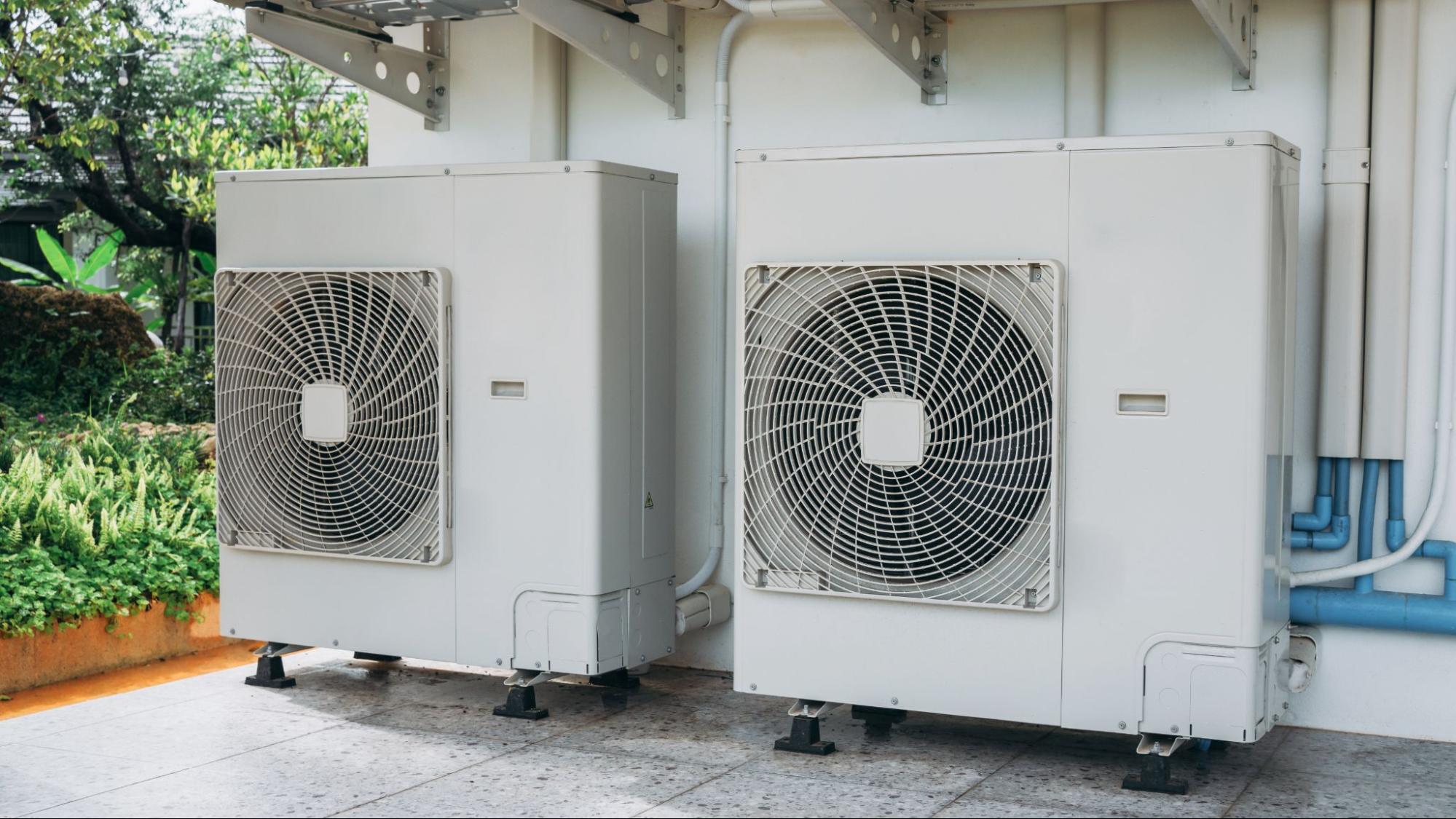Let’s be real, furnace filters don’t exactly get the spotlight. They’re not glamorous, they’re not high-tech (well, most of the time), and they’re definitely not on your daily to-do list. But trust us when we say that humble little rectangle plays a massive role in your home’s comfort, air quality, and HVAC efficiency.
At S&P Heating, we’ve answered every furnace filter question under the sun. And if you’re living in St. Clair County, where the weather swings and allergy seasons are real, understanding your filter isn’t just nice—it’s necessary. So today, we’re busting myths, demystifying the MERV rating guide, and breaking down what size, type, and schedule reallymake sense for your system.
Let’s dive into the dusty truth about furnace filters—and why they deserve way more respect.
What Does a Furnace Filter Actually Do?
A lot of people assume a furnace filter’s job is to clean the air in your home—and while that’s partially true, it’s not the full story.
The primary job of a furnace filter is to protect your HVAC system. That’s right. It’s there to catch dust, hair, and debris before it clogs up your blower fan, coils, or motor. But a good filter can also improve indoor air quality, especially if you go beyond the basic stuff.
With the right filter, you can:
- Reduce allergens and airborne irritants
- Extend the lifespan of your HVAC system
- Improve airflow and energy efficiency
- Keep dust from settling on every surface in sight
Not bad for a few bucks and 30 seconds of effort.
Sizing It Up: The Furnace Filter Size Dilemma
Before we talk about ratings and materials, let’s address one of the most common homeowner headaches: getting the right size.
Filters are measured in three dimensions: length x width x thickness. For example, 16x25x1 is a super common size. But don’t assume yours is the same—measure it, or better yet, check your old filter or system manual.
Need help? Many homeowners in St. Clair County use an HVAC filter sizing chart provided by their HVAC contractor (yep, we do that too).
Pro tip: A filter that’s too small can let dust bypass the system. One that’s too big won’t fit and might bend or jam—neither is good.
What the Heck Is a MERV Rating?
Time to bust out your MERV rating guide. MERV stands for Minimum Efficiency Reporting Value, and it tells you how well a filter captures particles.
Here’s the breakdown:
- MERV 1–4: Basic, disposable filters. Cheap and… not great.
- MERV 5–8: Good for homes without allergy concerns. Catches pollen and dust mites.
- MERV 9–12: Best filters for allergies and everyday indoor air quality. Blocks fine particles like pet dander and mold spores.
- MERV 13–16: Almost hospital-grade. Great for serious indoor air quality upgrades, but may restrict airflow in some systems.
- MERV 17+ (HEPA): Not compatible with most furnaces without special retrofits.
So, what’s the sweet spot for most St. Clair County homes? Typically, MERV 8 to 11 is ideal. It balances filtration and furnace airflow restriction risk.
Common Furnace Filter Myths (Busted!)
Let’s play mythbusters. Here are some common furnace filter myths we hear all the time—and why they just don’t hold up.
❌ Myth 1: Higher MERV = Always Better
Reality: Not always. A super high MERV rating can restrict airflow if your system isn’t designed for it. That leads to poor performance, higher bills, and even breakdowns.
❌ Myth 2: Filters Last 90 Days—Period
Reality: Your filter change schedule depends on your home. Got pets? Smokers? Allergies? You may need to change it every 30–60 days. If your filter looks gray and furry, it’s time to replace it.
❌ Myth 3: Washable Filters Save Money
Reality:Washable furnace filters are reusable, but they often have lower MERV ratings and need thorough, regular cleaning to be effective. They’re not a fit for everyone.
❌ Myth 4: HEPA Filters Are the Gold Standard for Homes
Reality:HEPA filter compatibility is rare in standard residential furnaces. You may need system upgrades or bypass filtration to safely use one.
Allergies? Pets? Kids? Here’s What to Look For
If you’re shopping for the best furnace filter for allergies, look for:
- MERV 11 or higher
- Pleated design (more surface area = better filtration)
- Electrostatic features to trap airborne particles
- Certified allergy-friendly or asthma-safe labels
Allergy relief filters help reduce triggers like:
- Dust mites
- Pet dander
- Mold spores
- Pollen
- Smoke and VOCs (with carbon layers)
Bonus: These filters can improve sleep, reduce asthma flare-ups, and keep your home smelling fresher.
Airflow Matters: Don’t Choke Your Furnace

Here’s a hot tip (pun intended): using a filter that’s too thick or dense can actually cause furnace airflow restriction. That means your system has to work harder, leading to:
- Shorter equipment lifespan
- Poor airflow in far-off rooms
- Higher energy bills
- Possible system overheating
If you’re using high-efficiency filters, make sure your HVAC system is rated to handle the added resistance. A contractor can help you balance filtration and function.
Furnace Filter Replacement Tips (and Tricks)
Want to get the most out of your filter? Follow these HVAC filter replacement tips:
- Mark your calendar when you install a new one
- Inspect monthly, even if it’s rated for 90 days
- Change it more often if you have pets, allergies, or run your fan 24/7
- Keep extras on hand—you’ll thank yourself later
- Don’t vacuum or bang out dust (this damages the filter’s structure)
Remember: even high-efficiency air filters won’t work well if they’re clogged or forgotten. Consistency is key.
The Local Angle: Furnace Filters & St. Clair County Homes
In St. Clair County, our homes deal with a mix of seasonal challenges—pollen in the spring, high humidity in the summer, and dust or dry air in the winter. That means your filter does a lot of heavy lifting all year long.
If you live near:
- Agricultural areas: Dust and allergens are a concern
- Busy roads: You’ll see more pollution and particulates
- The woods: Mold spores and tree pollen become more prominent
That’s why St. Clair County furnace maintenance should always include a filter check—and maybe even an upgrade if you’re looking for cleaner air and better performance.
How Filters Affect Furnace Performance
Here’s something many homeowners don’t realize: your filter isn’t just a health and safety tool—it’s a performance booster (or killer).
A clean, correctly sized filter helps:
- Extend furnace lifespan
- Keep blower motors and coils clean
- Optimize fuel and energy efficiency
- Prevent emergency service calls during cold snaps
It’s one of the cheapest ways to support system health, and one of the easiest to overlook.
📞 Don’t Know Where to Start? S&P Heating Can Help!

Still unsure if your current filter is cutting it? At S&P Heating, we help St. Clair County homeowners pick the right furnace filters for their HVAC system, lifestyle, and budget.
Whether you’re dealing with pets, pollen, or just want to breathe easier, we’ll match you with a filter that does the job without choking your furnace.
We also offer:
- Furnace filter installation and guidance
- Full St. Clair County furnace maintenance services
- System compatibility checks for HEPA or high-MERV filters
- Filter change reminders and subscription services
Reach out today and let us help you breathe cleaner, live cozier, and avoid the filter aisle confusion for good.
❓FAQ: More Filter Questions? We’ve Got You.
Can you use the same furnace filter year-round, or should you change it seasonally?
You can use the same type of filter all year, but it’s smart to adjust your filter change schedule based on the season. For example, spring and fall bring more allergens, so switching to a higher MERV filter during those times might help. And if you use your furnace or AC more in winter or summer, check the filter more often.
Will using a higher-rated filter reduce dust in the home?
Yes—up to a point. Higher MERV filters capture more dust, but other factors like duct leaks, cleaning habits, and airflow also affect dust levels. If dust is a serious issue, consider combining a good filter with an air purifier for better results.
Is it okay to use a filter with activated carbon for odors?
Absolutely. Carbon filters are great for neutralizing odors from cooking, pets, smoke, or mustiness. Just make sure the filter is still MERV-rated and compatible with your system. Carbon filters can sometimes have more resistance, so your furnace needs to be able to handle the extra load.
🔗 Want More HVAC Know-How?
📚 Browse the Full S&P Heating Blog for More Air-Savvy Tips and Seasonal Advice!
Whether you’re curious about thermostats, filter myths, or smart upgrades, we’ve packed our blog with friendly, local HVAC wisdom to help you live better, breathe easier, and save more. Dive in and level up your comfort game today!



